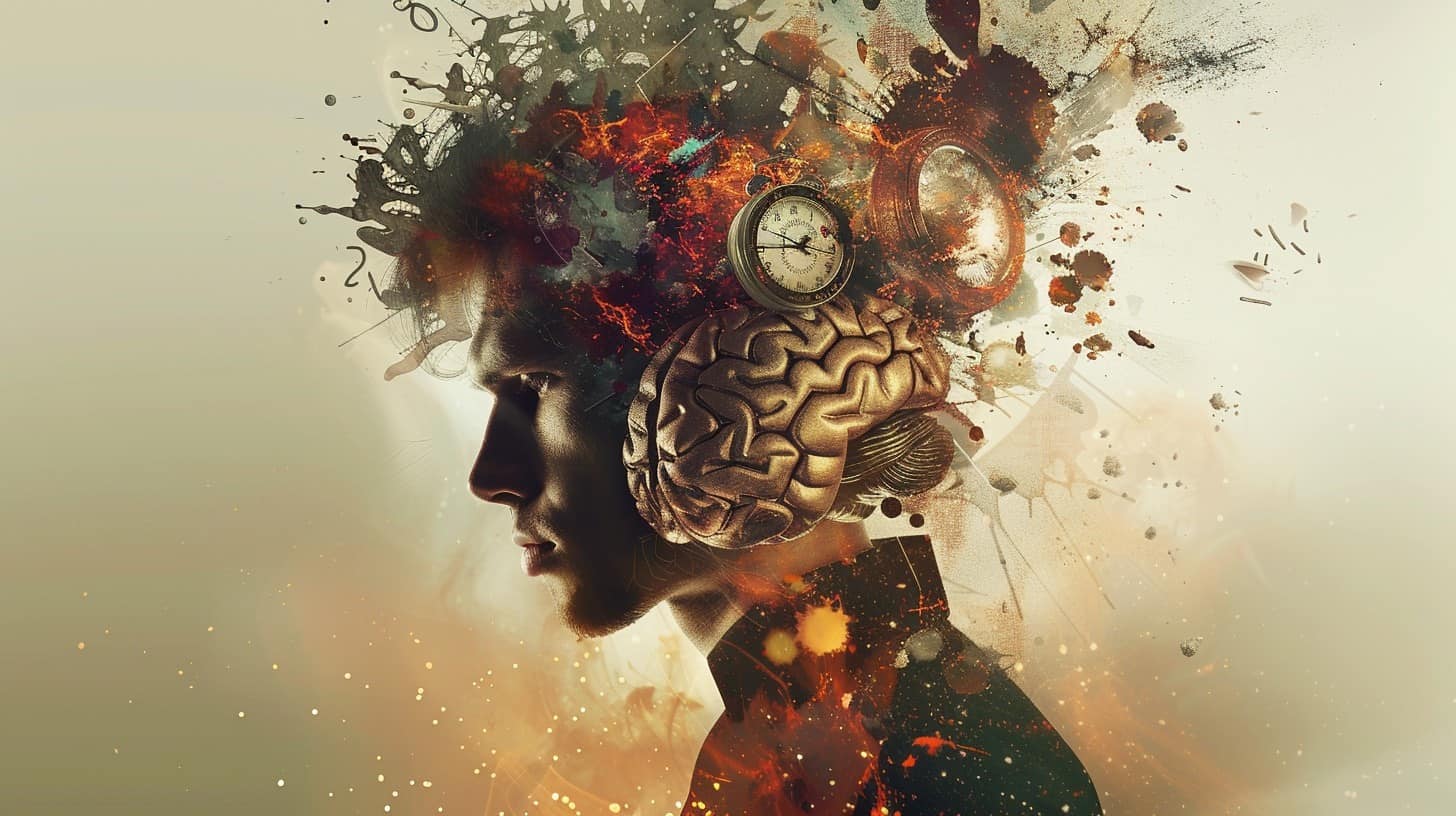
Spotlight on Meditation
The Why, Where and How of Meditation with Julie Ferris
Meditation is a key. Imagine being able to unlock what your heart truly desires and discern your way. For when your mind is still, the heart can speak.
Why Meditate?
Meditating quietens the mind allowing your heart to lead. It’s a way to an ever-present oasis of peace inside you. In short, it’s good for you.
Behind the scenes, changes are happening to the very structure of your brain when you meditate. The plus minus effect is in motion in 5 regions of the brain as shown in research by neuroscientist Dr Sara Lazar. Here is the swift science behind what meditation can do for you:[1]
First up, the Plus Effect of the Four:
The volume in four regions of meditators’ brains associated with positive function became more substantial after only 8 weeks.
1. Left Hippocampus:
The star of the show for helping us learn. This region of the brain is associated with learning, memory, compassion, and self-awareness, and helps to regulate our emotions.
Result — enhanced memory, concentration, and self-regulation,
2. Posterior Cingulate
The leading lady for a wandering mind and reference to the self in processing information.
Result — with an increase in density of the posterior cingulate, the mind wanders less, and we can adopt a more realistic sense of self. Meditation is gold for the mind as we tune into the present moment without judgement and observe the flow of sensations and emotions within us without necessarily being drawn into its stream.
3. Pons
Centre stage in this busy part of the brain are nerves and pathways that integrate important brain functions such as movement and sensory messages between the brain and the body. It plays a leading role in crucial functions such as sleeping, dreaming, digestion, breathing and the heartbeat.
Result — Meditation strengthens the pons, nurturing its functions
4. The Temporoparietal Junction (TPJ)
The lead player responsible for empathy and compassion and involved in social cognition (the ability to infer states e.g. desires, intentions, and goals of others).
Result — there is greater activation in this region during feelings of compassion in those meditating. Cultivating compassion is a cornerstone of mindfulness (Jon Kabat-Zinn, in ‘Full Catastrophe Living’) and makes us better people. And if your meditation focuses on loving-kindness towards yourself and others this can boost positive emotions.[2] A no-brainer!
Now, the Minus Effect of the One:
It’s a big one … enter the shrinking of the amygdala
5. Amygdala
The brain zone that puts you firmly out of the zone, the amygdala produces feelings of stress, anxiety, and fear. We’ve all heard of the ‘fight-or-flight’ response. It’s this area of the brain that sends out the distress signal to the hypothalamus which leads to this response. But the body can also overreact to stressors that are not life-threatening.
Result — meditation decreases the density of the amygdala, loosening its grip over our emotional responses, especially the ‘fight-or-flight’ response. What a result!
Why Guided Meditation?

Guided meditation is led by a meditation practitioner, in person or through audio or video. It has a goal or intention towards a positive state, such as relaxation, clarity, release of heavy emotions, to name just a few. In the meditation you are guided towards this state using words and imagery. It can help you tremendously whether you are a beginner or an expert. Try it and see what it can do for you!
Where to Meditate? How to Meditate?
Where and how to meditate comes down to personal preference. Lying, reclining, seated, walking (somewhere safe of course). Diving into the beauty of nature can be your meditation — absorbing the sights and sounds of perfect harmony, balance, and realisation of how one slots into the bigger picture.
Wherever you are, connect to your breathing. Deep breathing instructs your body to relax. And as your mind quietens, the heart can speak. Use meditation to allow your heart to breathe. Filter through your heart and the insights that come may be beyond your imagining. Receive these insights with an open heart.
Allow yourself to flow in meditation. Connect with your flow, with the flow of the Earth and the flow of nature. Especially during tough times, connect with the flow. Remember, some things can’t be pushed; everything has its time. During those difficult times seek sanctuary and peace within yourself.
Meditation is the road to peace. Your heart is the driver on the road to peace.
By: Julie Ferris, August 2020
[1] https://scholar.harvard.edu/sara_lazar/publications for publications by Sara Lazar Ph.D.
[2] Fredrickson, B. L., Cohn, M. A., Coffey, K. A., Pek, J., & Finkel, S. M. (2008). Open hearts build lives: Positive emotions, induced through loving-kindness meditation, build consequential personal resources. Journal of Personality and Social Psychology, 95(5), 1045–1062.




This Post Has 0 Comments